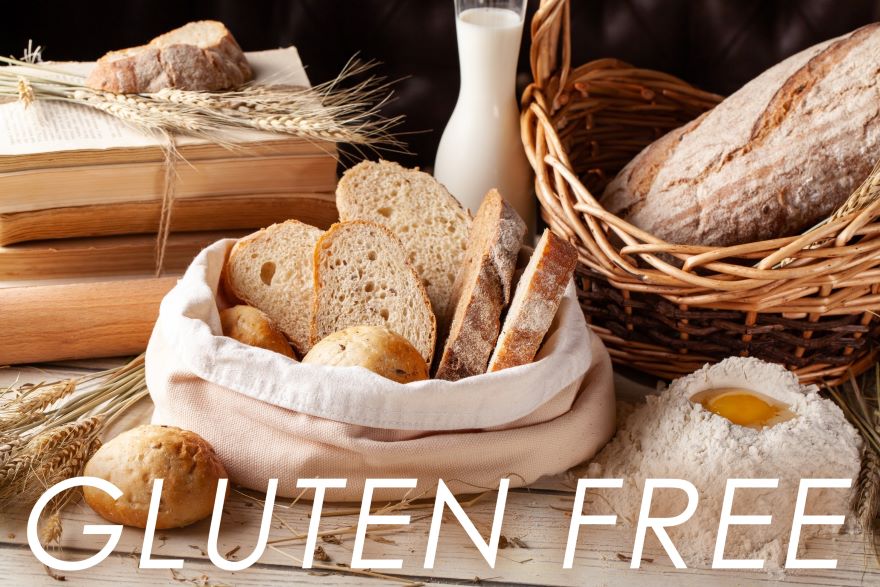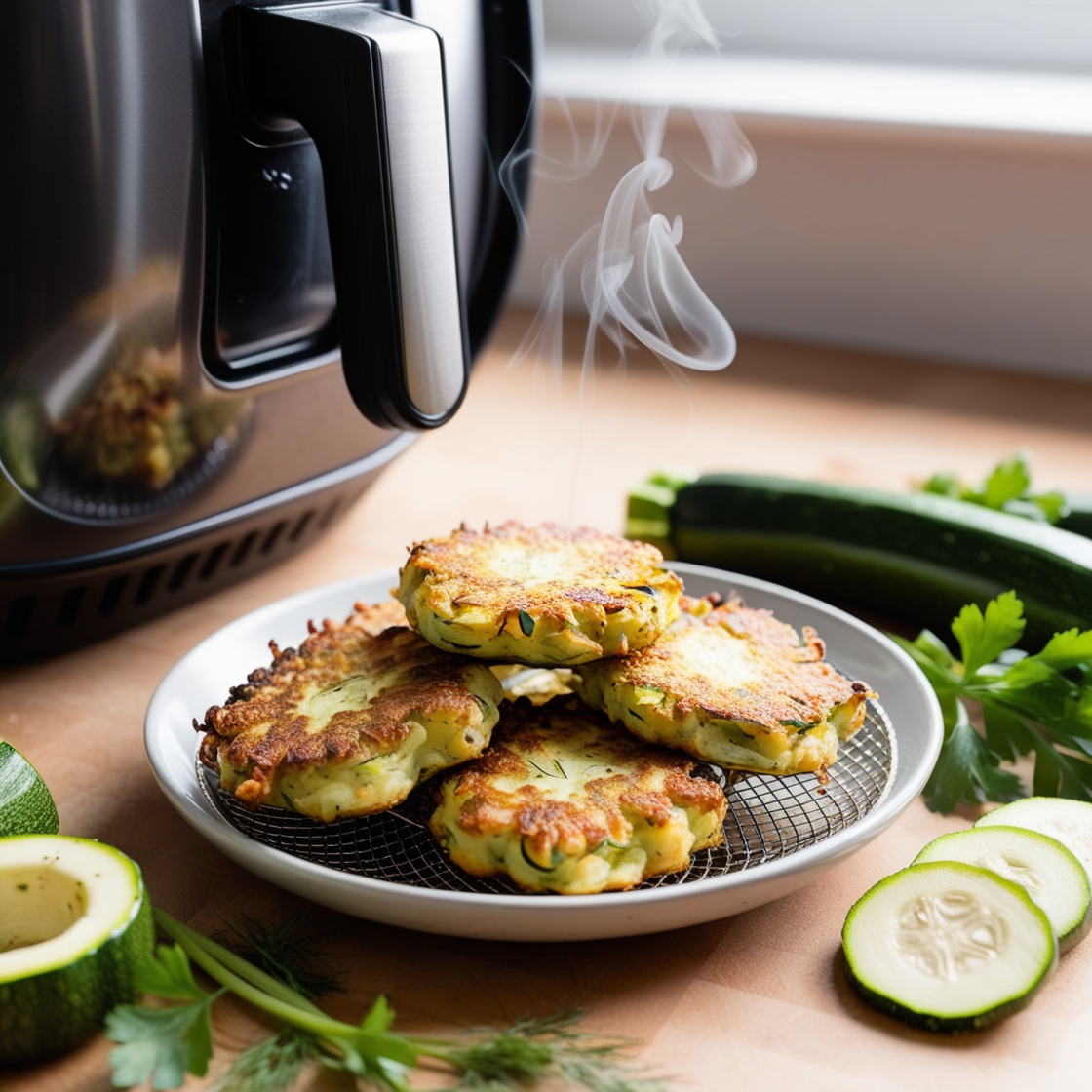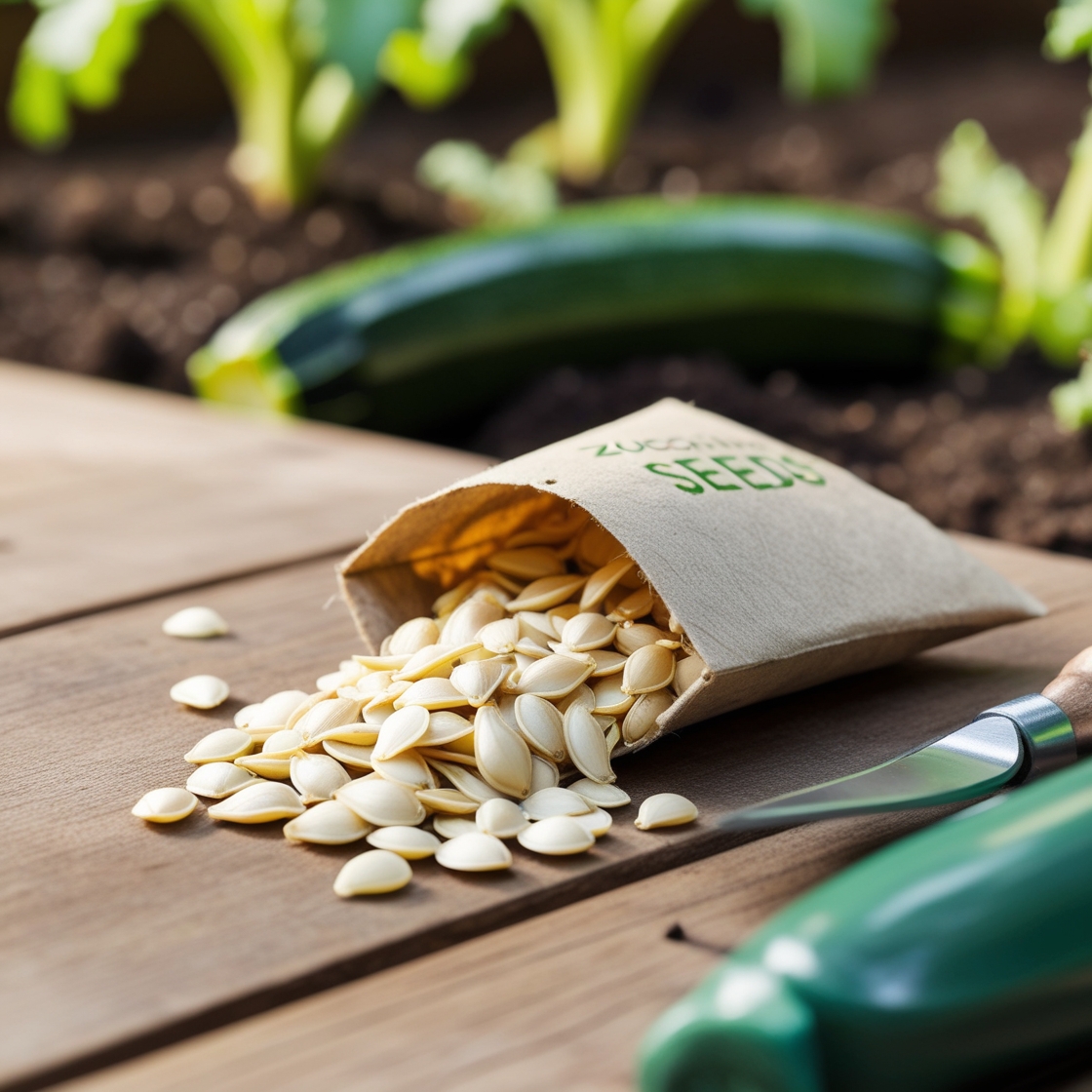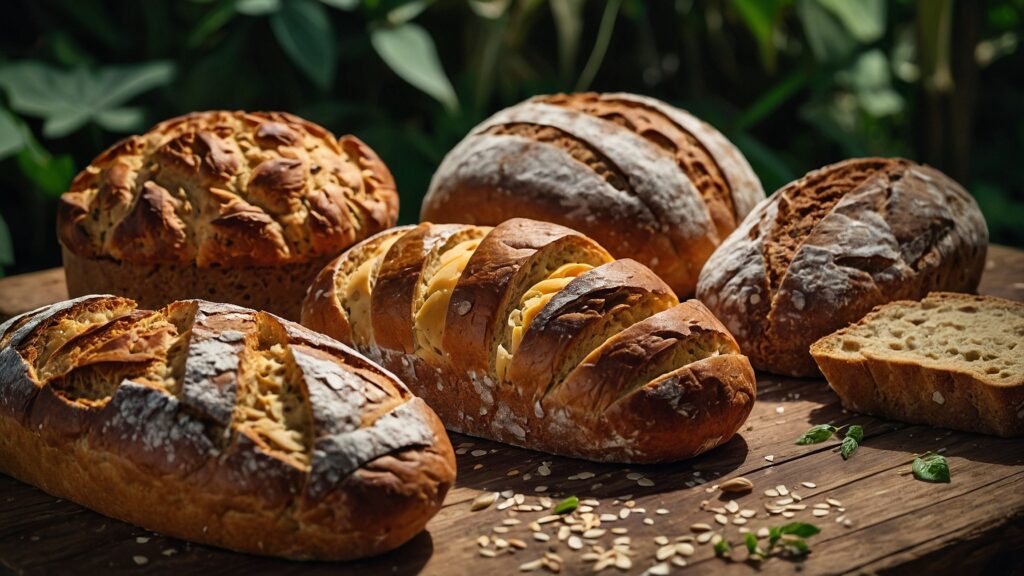
I never thought I’d be the person preaching about gluten-free bread mix, but here I am, completely transformed by these grainy wonders. Let me take you on a journey that changed not just my diet, but my entire outlook on life. It’s a story of resilience, creativity, and the power of a really good sandwich.
The Crumbling Point
Picture this: It’s a crisp autumn morning, and I’m rushing to an important meeting, travel mug in one hand and a hastily made sandwich in the other. As I take that first bite, anticipating the comforting blend of soft bread and savory fillings, disaster strikes. The bread disintegrates in my hands, scattering across my lap and the sidewalk. In that moment, watching my breakfast crumble like my composure, I hit rock bottom.
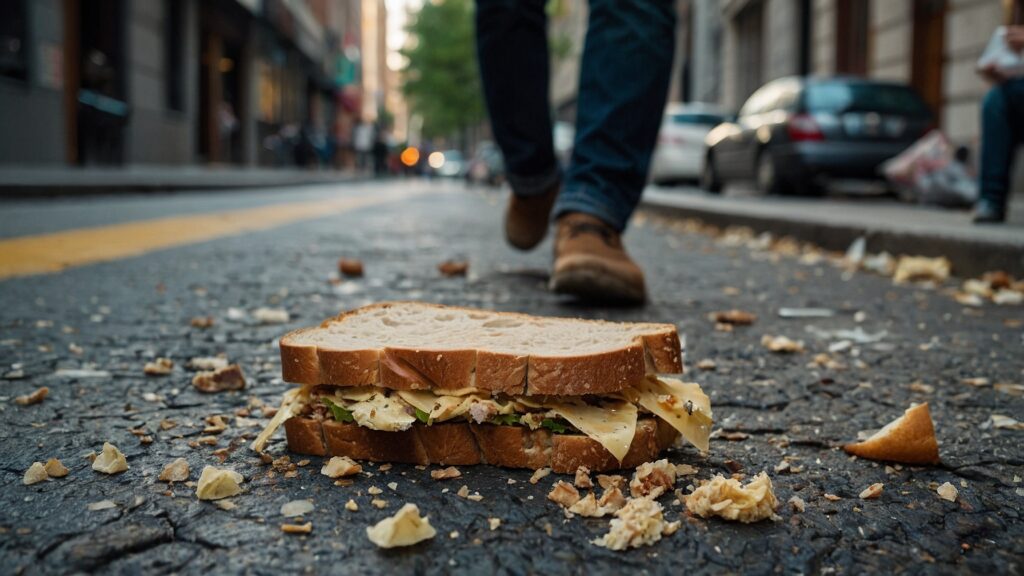
This wasn’t just about a ruined shirt or a missed breakfast. It was the culmination of months – no, years – of struggling with mysterious health issues. Constant fatigue, bloating, brain fog, and now, apparently, bread that refused to hold itself together. I felt lost, frustrated, and honestly, a little betrayed by my own body.
Looking back, that messy moment on the sidewalk was the beginning of my transformation. I just didn’t know it yet.
The Reluctant Baker’s First Steps
After the sandwich incident, I decided enough was enough. If I couldn’t find good gluten-free bread, I’d make it myself. How hard could it be, right? (Spoiler alert: pretty hard, at first!)
My initial attempts were… let’s call them “learning experiences.” I produced dense bricks that could double as paperweights, loaves that refused to rise, and one memorable creation that I’m pretty sure defied the laws of physics. My kitchen looked like a flour bomb had exploded, and my confidence was at an all-time low.
But something kept me going. Maybe it was stubbornness, or maybe it was the memory of how good a simple slice of toast used to make me feel. Whatever it was, I wasn’t ready to give up.
It wasn’t until I discovered the magic of high-quality gluten-free bread mixes that things started to turn around. Enter my first game-changer:
- Our Gluten Free Homemade Wonderful Bread Mix makes it easy to bake delicious sandwich bread, dinner rolls or hamburger buns at home
- One package yields one 1 1/2-lb loaf
- SUITABLE FOR BREAD MACHINES OR MIXING BY HAND: One package yields 1 1 by 2 pounds loaf
- GREAT FOR FOOD SENSITIVITIES: Can easily be made dairy free
- BOB'S RED MILL: Make folks a little happier: it’s the idea that keeps our stone mills grinding to fill every bag with wholesome goodness
The Bob’s Red Mill Gluten Free Homemade Wonderful Bread Mix became my new best friend. With this mix, I finally produced a loaf that didn’t just resemble bread – it tasted like it too! The smell of fresh bread filling my kitchen again was nothing short of miraculous.
That first successful loaf was a turning point. As I slathered a warm slice with butter and took that first bite, I felt a spark of hope. Maybe, just maybe, I could do this gluten-free thing after all.
The Cinnamon Raisin Revolution
Emboldened by my success with basic bread, I decided to branch out. I had always loved cinnamon raisin bread, and I wasn’t about to let my gluten intolerance take that away from me. After some experimentation (and a few loaves that were more cinnamon than bread), I struck gold with this recipe:
Ingredients:
- 1 package Bob’s Red Mill Gluten Free Homemade Wonderful Bread Mix
- 2 1/4 tsp active dry yeast (included in the mix)
- 1 1/2 cups warm water
- 2 large eggs
- 1/4 cup vegetable oil
- 1 tbsp apple cider vinegar
- 1/4 cup brown sugar
- 2 tsp cinnamon
- 1/2 cup raisins
Instructions:
- In a large bowl, combine the bread mix and yeast.
- In a separate bowl, whisk together the warm water, eggs, oil, and vinegar.
- Add the wet ingredients to the dry and mix well.
- In a small bowl, mix the brown sugar and cinnamon.
- Gently fold the cinnamon-sugar mixture and raisins into the dough.
- Pour the batter into a greased 9×5 inch bread pan.
- Cover and let rise in a warm place for about an hour, or until the dough has reached the top of the pan.
- Preheat your oven to 375°F (190°C).
- Bake for 60-65 minutes, or until a toothpick inserted into the center comes out clean.
- Allow to cool in the pan for 10 minutes, then turn out onto a wire rack to cool completely.
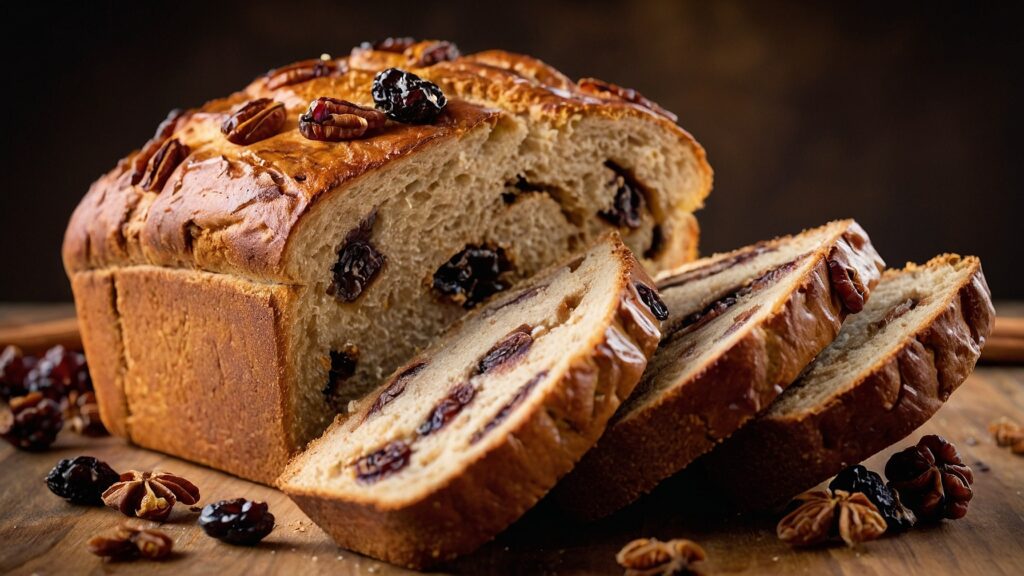
The first time I pulled this loaf out of the oven, I nearly cried. The aroma of cinnamon and sweet raisins filled my kitchen, bringing back memories of Sunday mornings at my grandmother’s house. But the real test came when I took that first bite. It was soft, flavorful, and had the perfect balance of sweetness and spice. For the first time in months, I felt like I wasn’t missing out on anything.
This cinnamon raisin bread became my go-to recipe for weekend brunches and holiday gatherings. It was a hit with both my gluten-free and gluten-eating friends, and it gave me the confidence to keep experimenting.
Overcoming the “It’s Just a Phase” Skeptics
Of course, not everyone understood my newfound passion. Friends and family would give me those looks – you know the ones. A mix of pity and skepticism, as if they were just waiting for me to “get over” this gluten-free “fad.”
“Are you sure you’re not just jumping on a bandwagon?” a well-meaning friend asked. “I read an article that said gluten-free diets are unnecessary for most people.”
Comments like these stung, I won’t lie. There were days when the smell of freshly baked croissants from the café down the street nearly broke my resolve. But here’s the thing about feeling good – it’s addictive. The more I stuck to my gluten-free diet, the better I felt. My energy levels soared, my skin cleared up, and that persistent brain fog finally lifted. I wasn’t about to go back to feeling awful just because some people couldn’t understand.
Instead of getting discouraged, I got creative. I started hosting brunches, serving up slices of my gluten-free creations alongside regular bread. Watching the surprise on people’s faces as they realized they couldn’t tell the difference – that was priceless.
“Wait, this is gluten-free?” became my favorite phrase to hear. It was validation that I wasn’t just following a trend, but making real, delicious food that everyone could enjoy.
The Sourdough Challenge
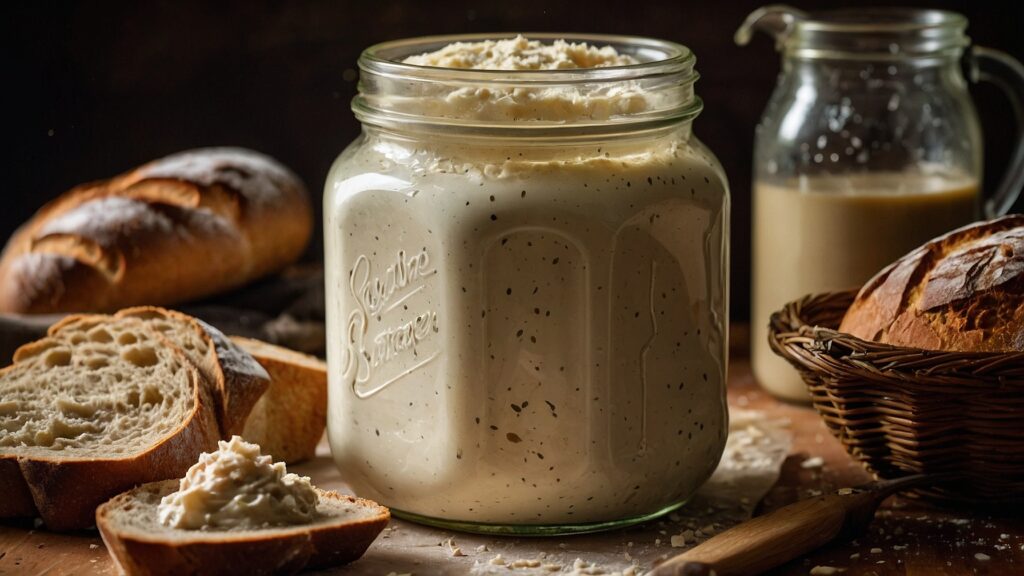
As my confidence grew, so did my ambition. I set my sights on the holy grail of bread-making: sourdough. Now, let me tell you, creating a gluten-free sourdough starter is not for the faint of heart. It requires patience, dedication, and a willingness to talk to your food (trust me on this one).
After weeks of nurturing my starter, naming it (don’t judge), and praying to the bread gods, I was ready to tackle my first loaf. This time, I turned to another fantastic product:
- Receive 3 boxes of Simple Mills Almond Flour Artisan Bread mix. A bread mix that is a must-have pantry staple for all of your sweet & savory baking needs.
- Take a look at our nutritious baking mix ingredients. Nutrient dense, purposeful ingredient list for these delicious baking products from Simple Mills.
- See our reviews on your iPhone, iPad, Android, or laptop by scrolling down to see how other consumers rate our delicous taste!
- Nothing artificial, ever. Shelf stable snack that is perfect for stocking up the pantry and great way to gain energy and boost productivity
- Made With Simple Ingredients, Certified Gluten free, Non-GMO, Grain Free, Corn Free, Paleo Friendly, Plant Based
The Simple Mills Almond Flour Artisan Bread Mix became my secret weapon in creating sourdough-style bread. While it’s not a traditional sourdough mix, its blend of almond flour, arrowroot, and flax meal provided the perfect base for my sourdough experiments. By adding my homemade gluten-free sourdough starter to this mix, I was able to create loaves with that distinctive tangy flavor and chewy texture I’d been missing.
My first attempts were… interesting. I produced loaves that were too dense, too sour, or oddly shaped. But with each try, I got a little better. I learned about the importance of hydration, the magic of a good proof, and the art of scoring the dough.
The day I finally achieved that perfect crusty exterior and soft, tangy interior was a turning point. I realized that this journey wasn’t just about bread – it was about reclaiming parts of my life I thought were lost forever. Each successful loaf was a small victory, a step towards a healthier, happier me.
From Kitchen to Community
As my skills improved, so did my desire to share what I’d learned. I started a blog, sharing recipes and tips for gluten-free baking. To my surprise, people started reaching out – not just celiacs or gluten-intolerant folks, but anyone interested in exploring different ways of eating.
I found myself part of a vibrant community, exchanging ideas and support. We shared our triumphs (finally nailing that elusive bagel recipe) and our failures (the great pizza crust disaster of 2023). Through it all, I realized that food is about so much more than just nutrition – it’s about connection, creativity, and care.

One day, I received a message from a mother whose child had recently been diagnosed with celiac disease. She was feeling overwhelmed and scared about how to feed her family. I remembered those early days of confusion and frustration, and I felt compelled to help.
I invited her over for a baking session, and together we made a batch of gluten-free pizza dough. Watching her child’s face light up at the first bite of a safe, delicious pizza – that moment will stay with me forever. It reminded me why I started this journey in the first place.
Expanding My Horizons
As I became more comfortable with gluten-free baking, I started to branch out beyond bread. I experimented with pastries, cakes, and even gluten-free pasta. Each new recipe was a challenge, but also an opportunity to learn and grow.
One of my favorite discoveries was how versatile gluten-free flours could be. I learned to use almond flour for delicate cookies, coconut flour for moist cakes, and a blend of rice and tapioca flours for crispy pizza crusts. Each flour had its own personality, and learning to work with them was like getting to know new friends.
To help me on this journey of continuous improvement, I invested in one more game-changing tool:
- 【POWERFUL MOTOR & VARIABLE SPEED CONTROL】 660W high performance pure copper motor and sturdy ABS housing; 6 optimized speeds with pulse function, access to multipurpose and a variety of recipes. More powerful motor but lower operation noise ≤76dB.
- 【6.5Qt LARGE CAPACITY BOWL WITH HANDLES】 6.5QT Stainless steel bowl can meet all your kitchen needs. The Stand Mixer is easy to use for making cakes, breads, cookies, pastry, muffins and waffle, and the dual handles are more convenient to hold.
- 【TILT-HEAD & OUTSIDE DESIGN】 The tilt-head design mixer allows access to install or uninstall bowl and accessories easily. The mixer has a stainless steel decoration belt and blue LED light as power indicator. The mixer housing with ONE LAYER PAINTING make it look more shining and beautiful in your kitchen.
- 【MULTIPLE ATTACHMENT SET】 Aucma stand mixer comes with three mixing accessories: whisk, dough hook, mixing beater.The splash guard with access hatch helps add ingredients without making a mess.
- 【IDEAL GIFT & MULTIPLE AUTHENTICATION】Aucma electric mixer is a perfect gift idea for your family and friends. Please always feel free to contact us if you have any questions during using.
The Aucma Stand Mixer became my trusted kitchen companion. Its powerful motor and large capacity made it perfect for mixing even the stickiest gluten-free doughs. Plus, it freed up my hands, allowing me to experiment with add-ins and techniques that took my baking to the next level.
With my new mixer, I tackled more complex recipes. I made a gluten-free version of my grandmother’s famous Christmas stollen, complete with dried fruits and a marzipan center. I perfected a recipe for fluffy gluten-free biscuits that could stand up to the heartiest gravy. And I even created a gluten-free sourdough focaccia that became the talk of our neighborhood potlucks.
The Unexpected Benefits
This journey into the world of gluten-free bread mixes has changed me in ways I never expected. Yes, my health improved dramatically, but it went beyond that:
- Creativity: Problem-solving in the kitchen translated to other areas of my life. I became more innovative at work, approaching challenges with a “let’s experiment” attitude.
- Patience: You can’t rush bread, and you can’t rush personal growth. I learned to appreciate the process, not just the result.
- Mindfulness: Baking became a form of meditation. Focusing on the feel of the dough, the smell of the yeast – it grounded me in the present moment.
- Confidence: Mastering something I once thought impossible boosted my self-esteem in all areas of life.
- Community: I found my tribe, a group of people who understand the joy of a perfect crumb structure and the frustration of a fallen loaf.
- Resilience: Every failed loaf taught me to pick myself up and try again. This resilience spilled over into other aspects of my life.
- Empathy: Understanding my own dietary struggles made me more compassionate towards others with different needs or restrictions.
- Advocacy: I became more vocal about the need for inclusive food options, advocating for better labeling and more diverse offerings in restaurants and stores.
Celebrating the Small Wins
One of the most important lessons I learned on this journey was the value of celebrating small wins. In the beginning, I was so focused on creating the “perfect” loaf that I overlooked the progress I was making along the way.
Now, I celebrate every little victory. The first time I got a good rise on my bread? I did a happy dance in my kitchen. When I finally figured out how to get that elusive crispy crust? I called my mom to share the news. These moments of joy, scattered throughout the process, made the journey not just bearable, but enjoyable.
I started keeping a baking journal, documenting my experiments and progress. Looking back through those pages, I can see how far I’ve come. From those first crumbly disasters to the beautiful, golden loaves I create now – it’s a testament to what perseverance and a good bread mix can accomplish.
Your Turn to Rise
As I wrap up my story, I want to turn the spotlight on you, dear reader. Perhaps you’re where I was at the beginning – frustrated, tired, and missing the simple joy of a good slice of bread. Or maybe you’re just curious about exploring new ways of eating and living.
Wherever you are on your journey, I invite you to give gluten-free bread mixes a try. Start small – you don’t need to become a master baker overnight. Just pick up a mix, follow the instructions, and see what happens. You might be surprised at what you create.
Remember, this isn’t just about bread. It’s about taking control of your health, exploring new possibilities, and finding joy in unexpected places. Each loaf you bake is a step towards a better you.
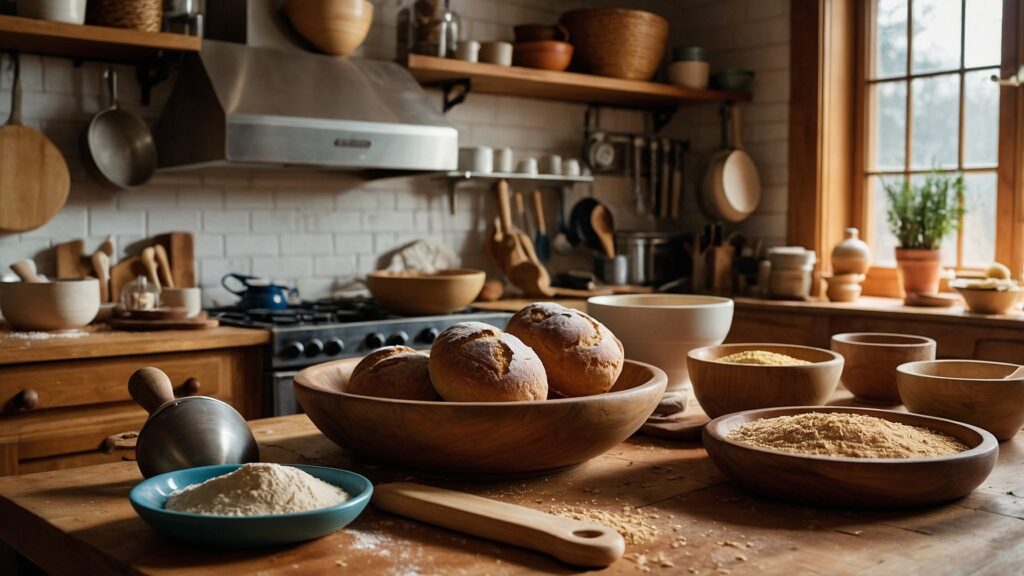
So, what do you say? Are you ready to start your own bread revolution?
Here are a few questions to ponder as you begin:
- What’s one small step you can take today towards a healthier lifestyle?
- How might learning a new skill, like gluten-free baking, impact other areas of your life?
- What’s a health goal you’ve been putting off that you could revisit with a fresh perspective?
Embracing the Journey: From First Mix to Mastery
Remember, every big change starts with a small step. My journey began with a single packet of gluten-free bread mix and a willingness to try something new. Yours could start today.
As you embark on your own gluten-free adventure, be kind to yourself. There will be failures along the way – loaves that don’t rise, crusts that crumble, flavors that fall flat. But each of these “failures” is really a lesson in disguise. They’re opportunities to learn, adjust, and improve.
And when you do create that perfect loaf – when you pull a golden, crusty, delicious-smelling bread from your oven – take a moment to savor it. Not just the taste (though that’s important too!), but the accomplishment. You’ve created something wonderful, something that nourishes both body and soul.
In the end, this journey has taught me that life, like bread, is about the perfect blend of ingredients. It takes patience, care, and a willingness to experiment. Sometimes it rises beautifully, and sometimes it falls flat. But with each attempt, we learn, we grow, and we create something uniquely our own.
So here’s to rising to new heights, one gluten-free loaf at a time! May your bread be light, your kitchen be filled with delicious smells, and your life be rich with the joy of creation. Happy baking!
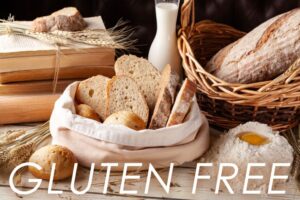
*We may earn a commission for purchases made using our links. Please see our disclosure to learn more.

